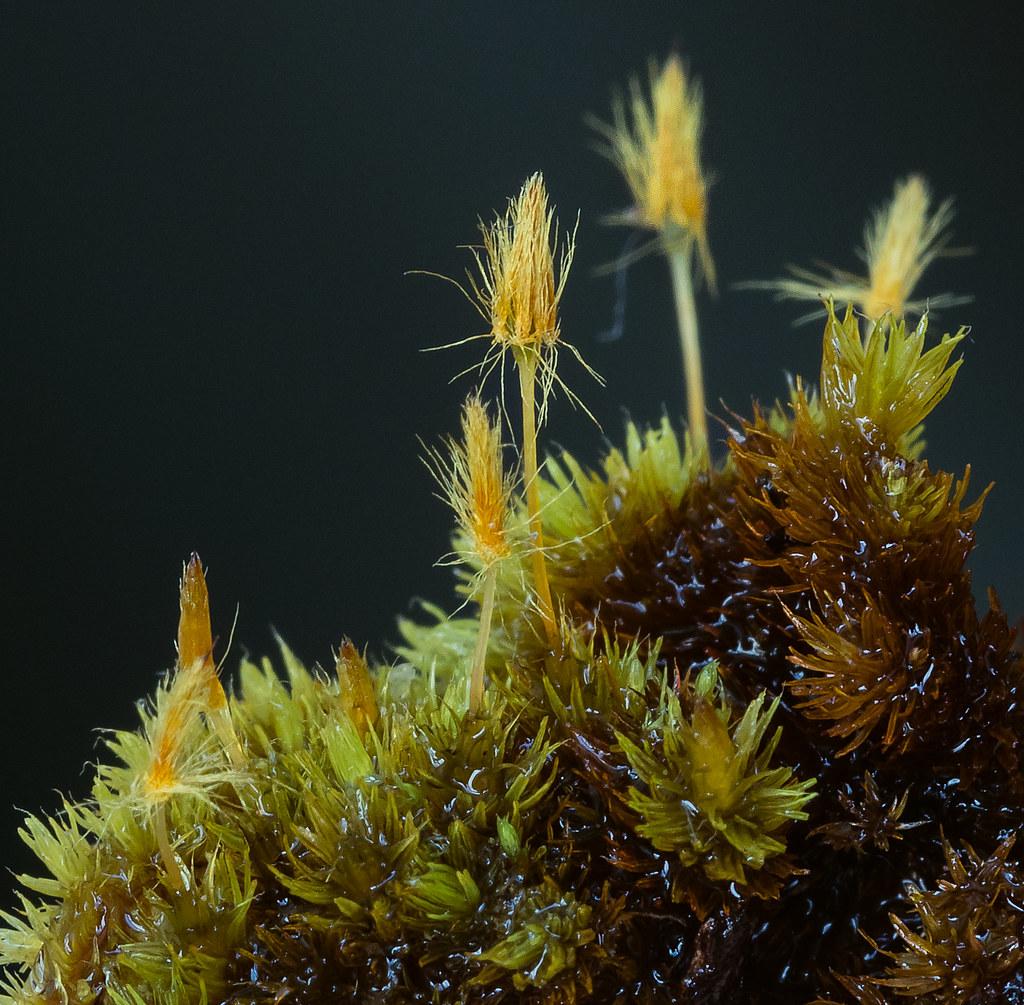
50983187658_82bbf2e84f_b.jpg from: https://www.flickr.com/photos/47945928@N02/50983187658
Exploring the Fascinating World of Macromitrium prolongatum Mitt. Moss
Introduction
Mosses are often overlooked, but they play crucial roles in ecosystems around the world. One particularly interesting species is
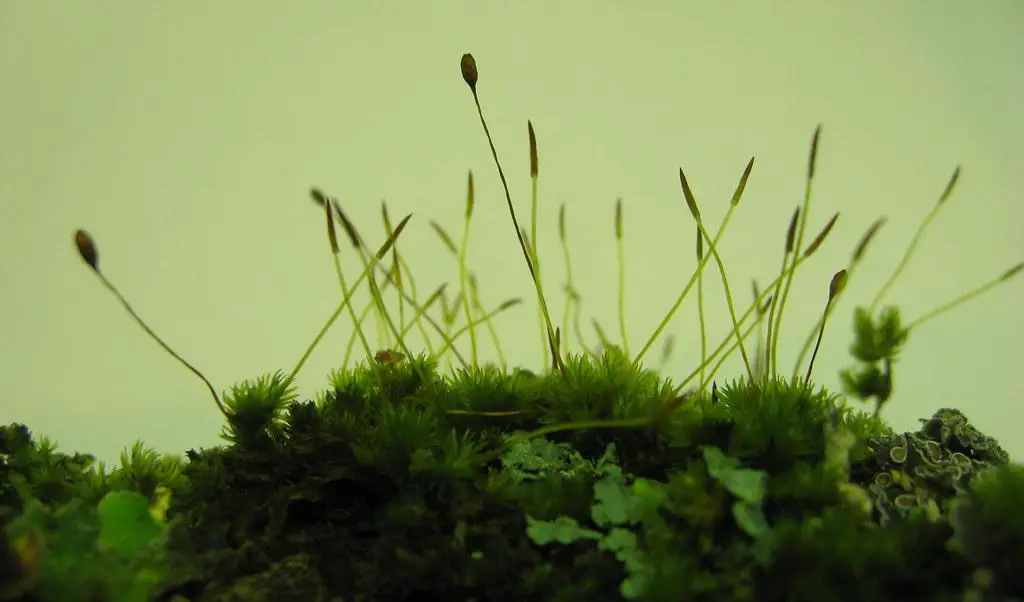
6898040521_4287463513_b.jpg from: https://www.flickr.com/photos/imbala/6898040521/
Macromitrium prolongatum Mitt., a moss in the Orthotrichaceae family. Also known simply as Macromitrium, this moss has some unique characteristics worth exploring. In this blog post, we’ll dive into the details of Macromitrium prolongatum Mitt. and discover what makes it so special.
Background
Macromitrium prolongatum Mitt. is a species of moss in the Bryophyta division and Bryopsida class. Mosses are non-vascular plants that lack true roots, stems, and leaves. Instead, they have leaf-like structures called phyllids that absorb water and nutrients. Mosses reproduce via spores rather than seeds and are found in a wide range of habitats worldwide.
Morphology and Identification
Macromitrium prolongatum Mitt. forms loose tufts or mats. The stems are creeping to ascending, often forming branches. The leaves are lanceolate in shape, 1-2 mm long, and have a costa (midrib) that extends to the leaf tip. The leaf margins are entire or slightly toothed near the apex.
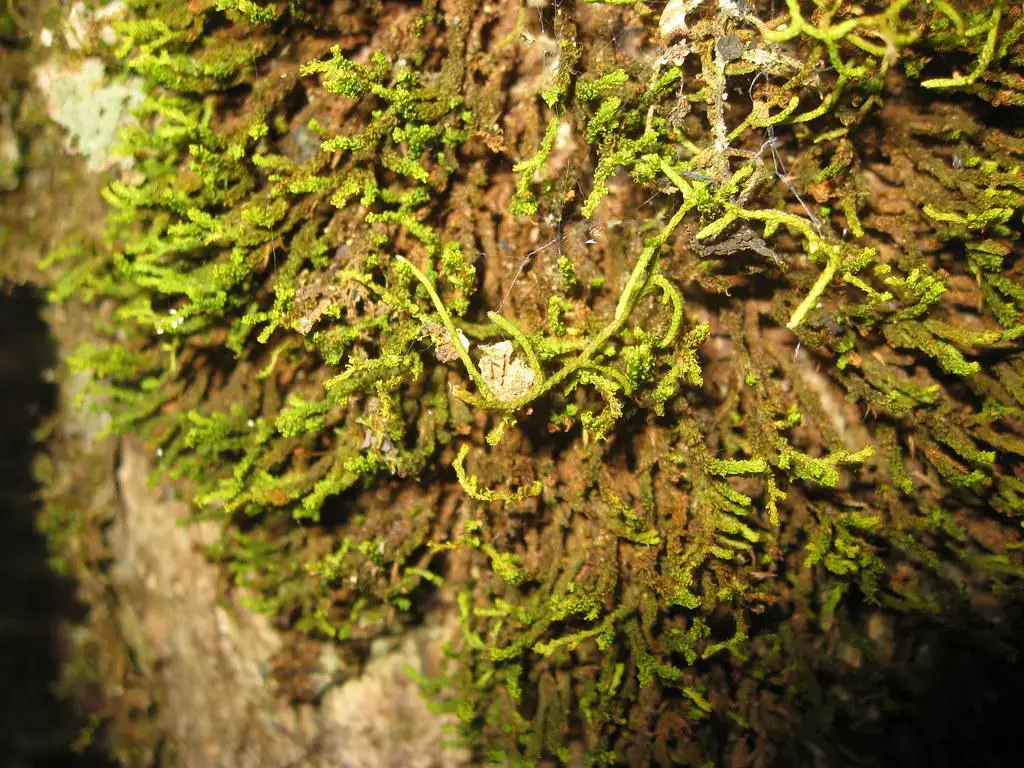
8004477278_8d3c5b8826_b.jpg from: https://www.flickr.com/photos/imbala/8004477278
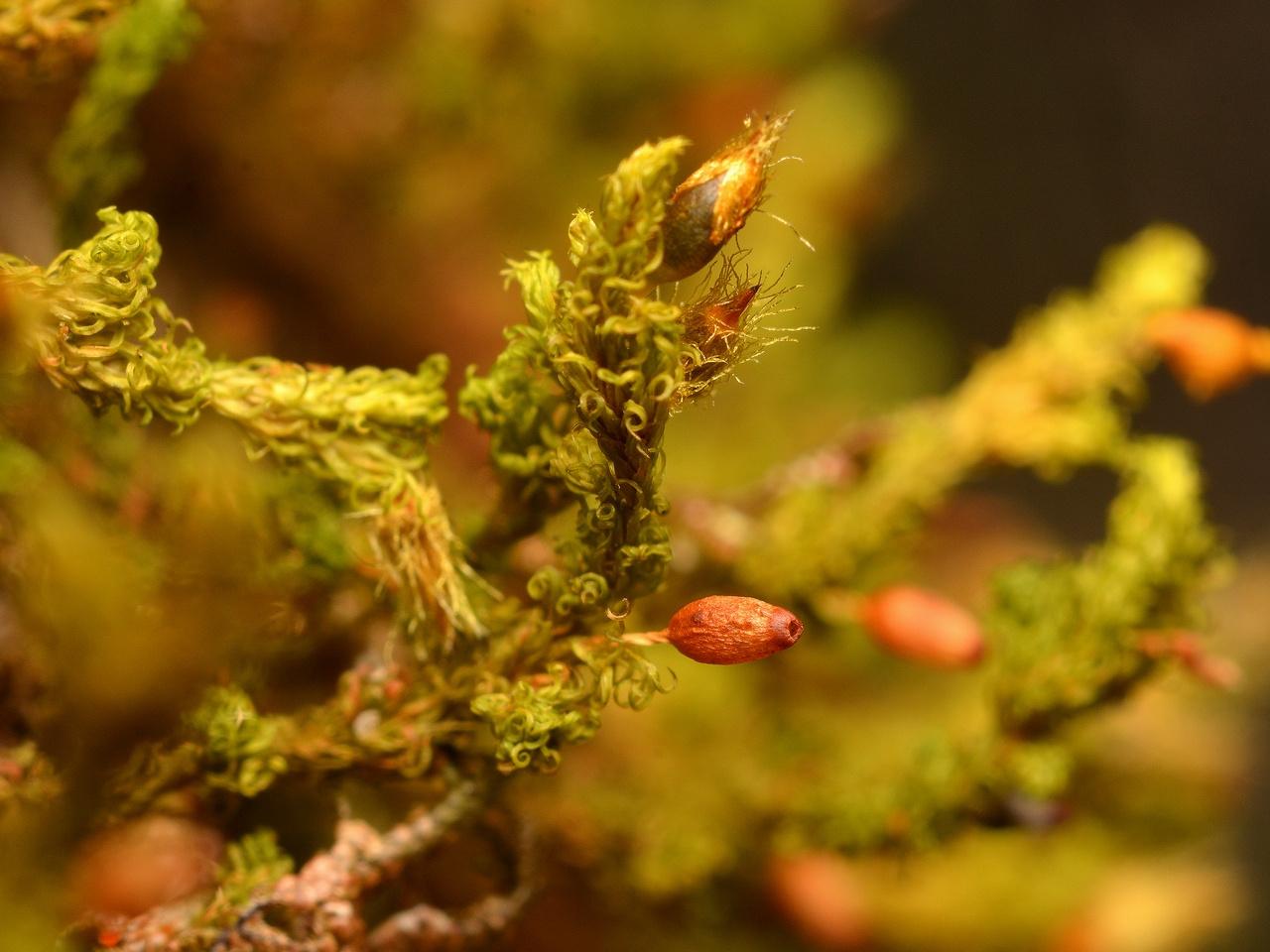
nagaminogoke201126_2.jpg from: https://soyokaze2jp.blogspot.com/2020/12/blog-post_2.html
One of the most distinctive features of Macromitrium mosses is their capsules. In M. prolongatum, the capsules are cylindrical and borne on long setae (stalks) that extend well beyond the leaves. The capsules have a peristome, a ring of tooth-like structures around the mouth, which aids in spore dispersal.
Global Distribution and Habitat
Macromitrium prolongatum Mitt. has a wide distribution, being found in tropical and subtropical regions around the world. It commonly grows on tree trunks and branches in humid forests. The moss is epiphytic, meaning it grows on other plants but is not parasitic. It can also sometimes be found growing on rocks.
Ecological Roles and Adaptations
Like other mosses, Macromitrium prolongatum Mitt. plays important roles in its ecosystem:
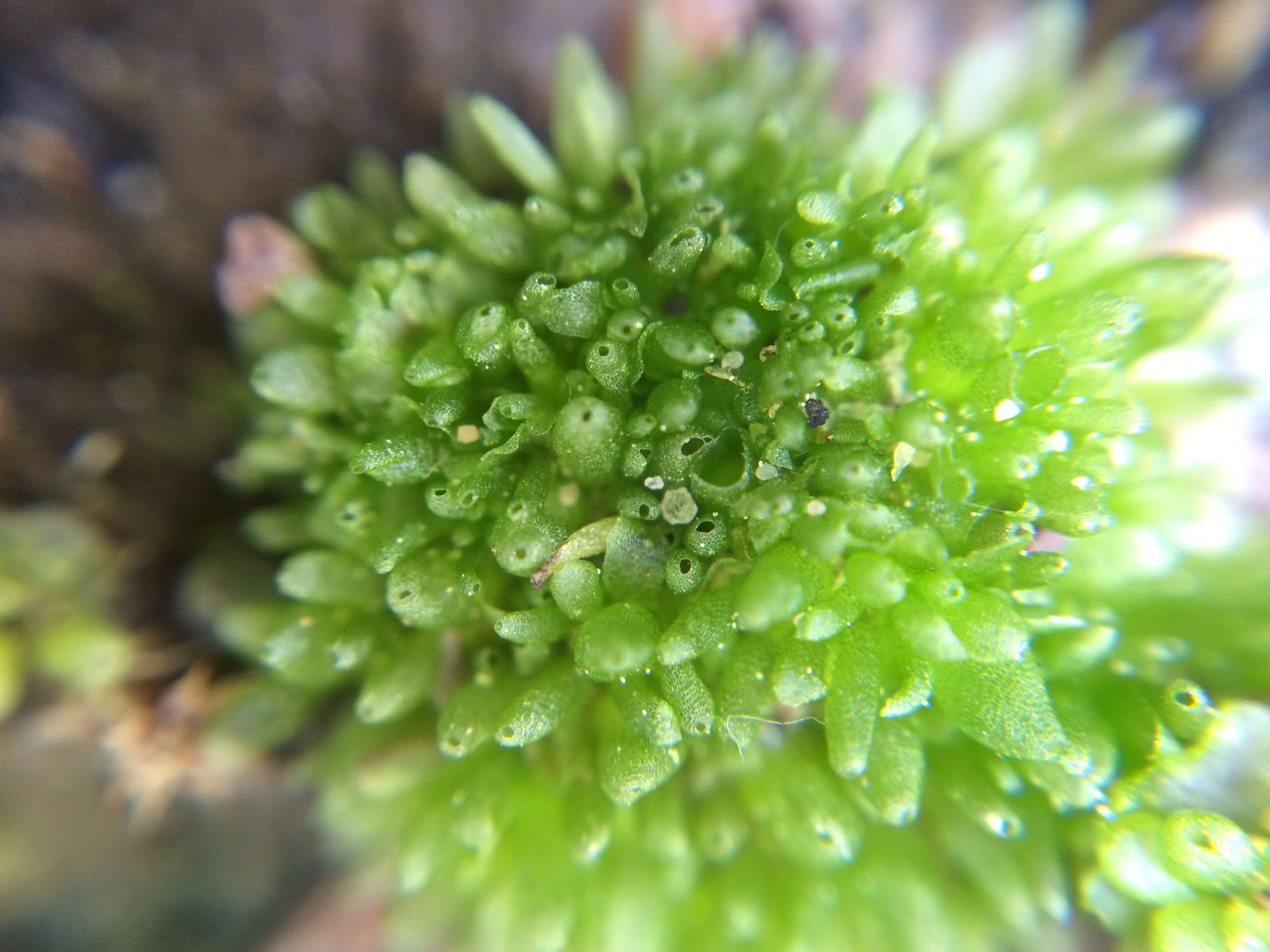
f8f60eb4f53d562bd78abc35fdd4510b.jpg from: https://www.pinterest.com/pin/304133781058246146/
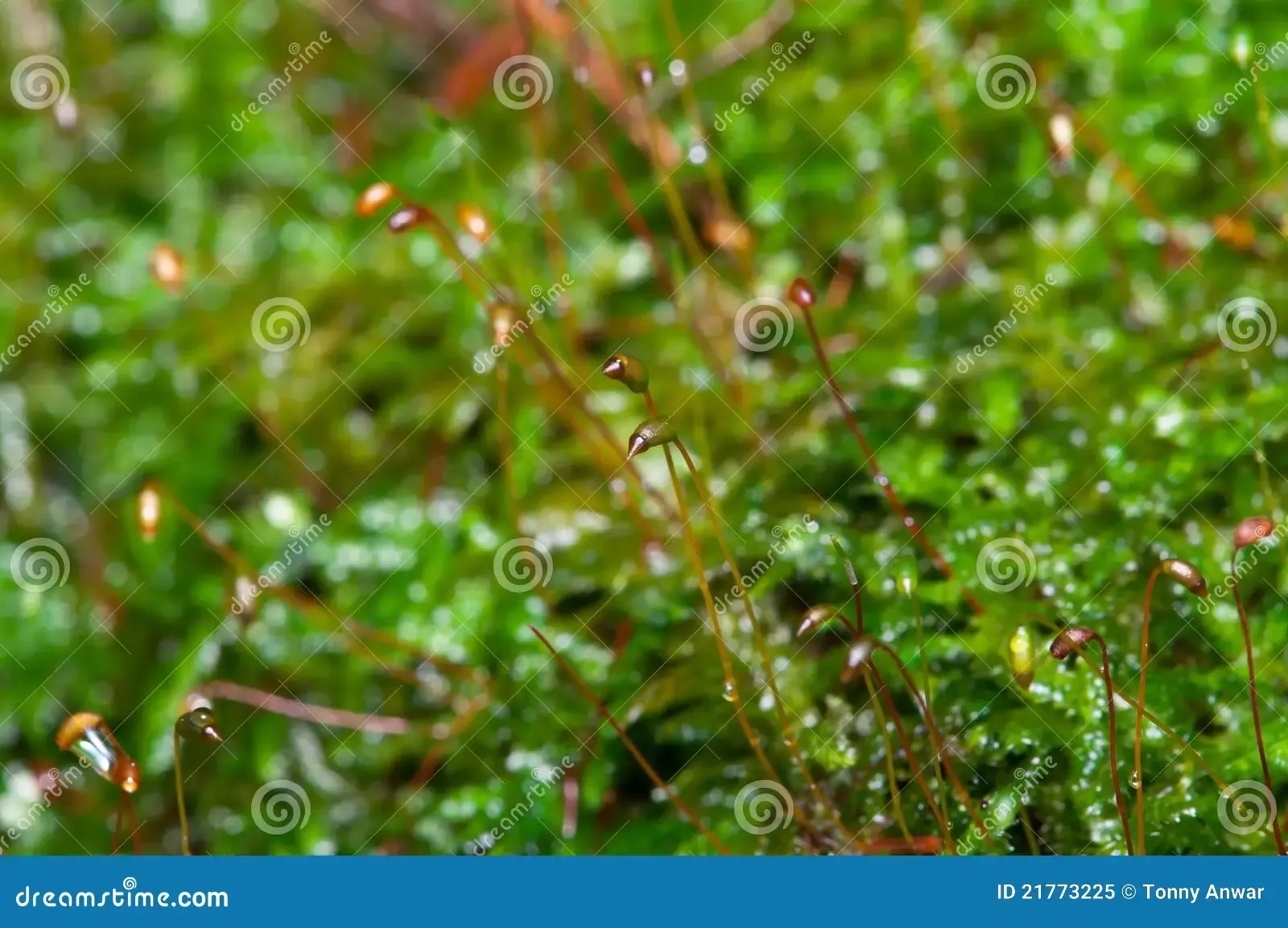
moss-macro-21773225.jpg from: https://www.dreamstime.com/royalty-free-stock-photo-moss-macro-image21773225
Water and nutrient cycling: Mosses absorb and retain water and nutrients, regulating their flow through the ecosystem.
Providing habitat: Many small invertebrates live among moss cushions.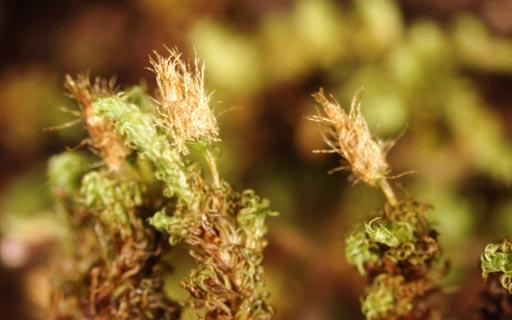
Macromitrium-prolong01l.jpg from: https://www.digital-museum.hiroshima-u.ac.jp/~museum/habit/moss_habit/Macromitrium prolongatum/Macromitrium_prolongatum.html
Substrate stabilization: Mosses help stabilize soil and prevent erosion.
Macromitrium prolongatum has several adaptations that allow it to thrive in its environment:
Desiccation tolerance: The moss can survive periods of dryness by going dormant and reviving when moisture returns.
Efficient water uptake: The phyllids readily absorb water from rain and dew.
Asexual reproduction: In addition to reproducing sexually via spores, the moss can also spread asexually through fragmentation when pieces break off and grow into new plants.
Conclusion
Macromitrium prolongatum Mitt. may be small, but it is a fascinating and ecologically important moss. From its distinct capsule morphology to its adaptations for life in humid forests, this species illustrates the incredible diversity of the bryophytes. Next time you’re in a tropical forest, take a closer look at the mosses – you might just spot some Macromitrium! What other secrets do you think the world of mosses holds?
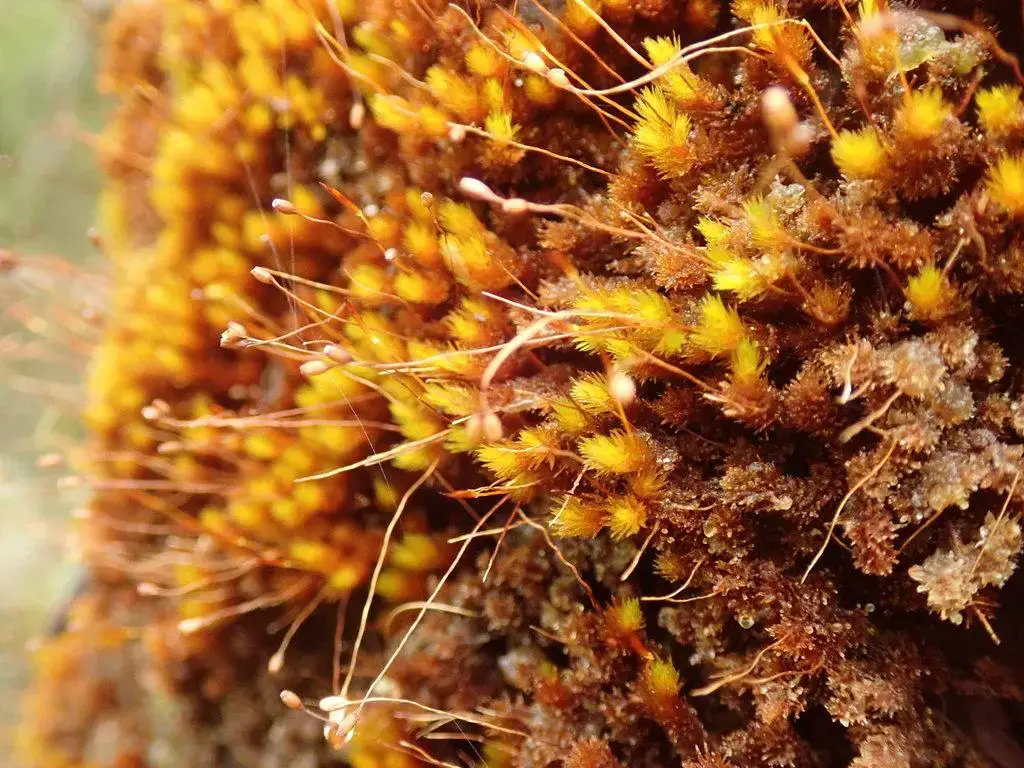
large.jpeg from: https://inaturalist.nz/observations/88236610